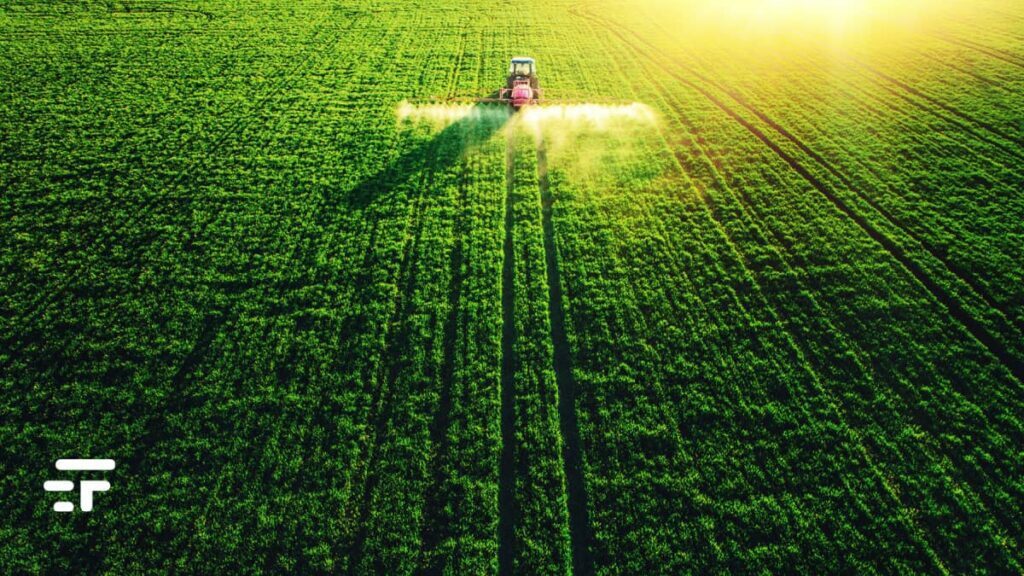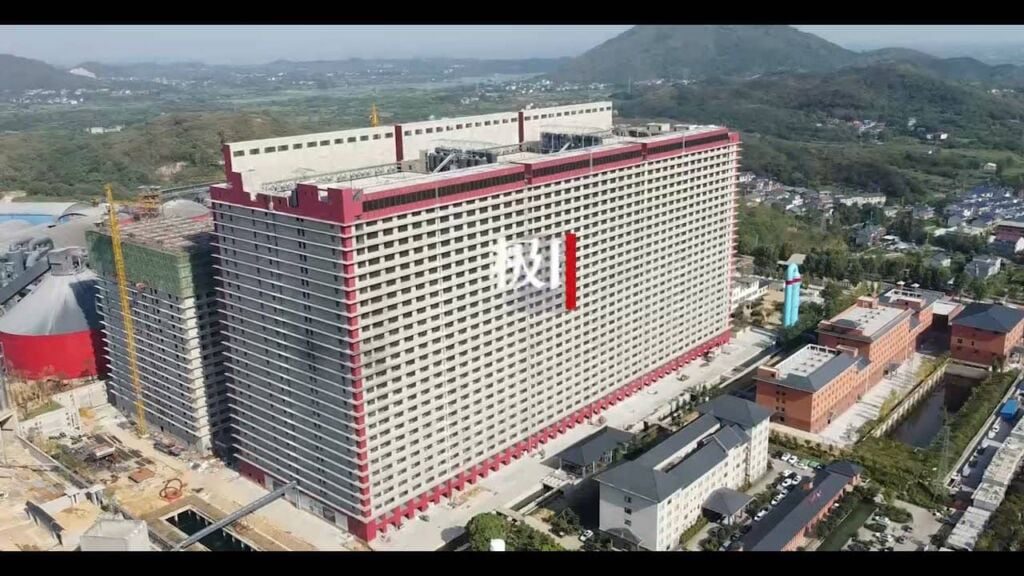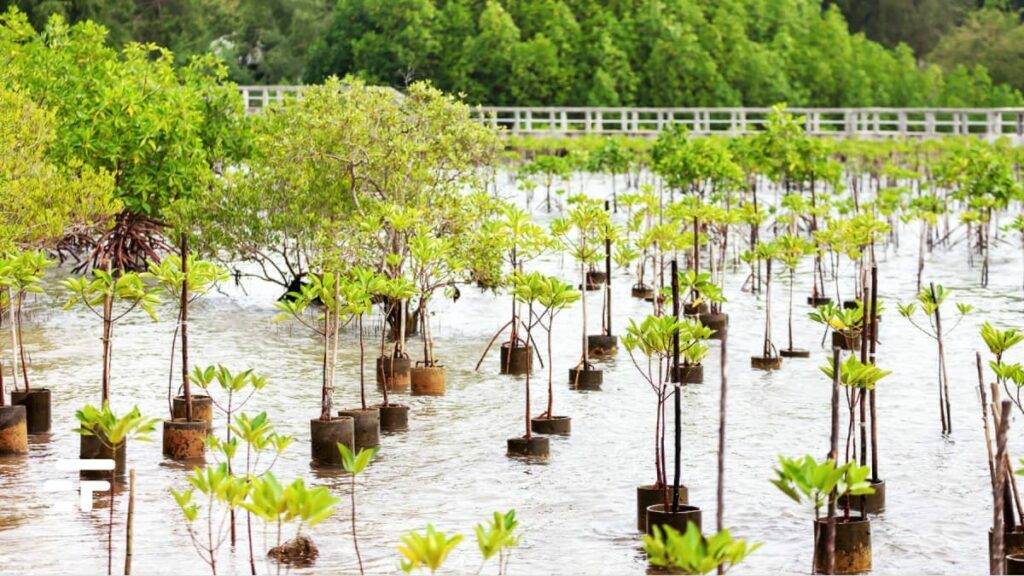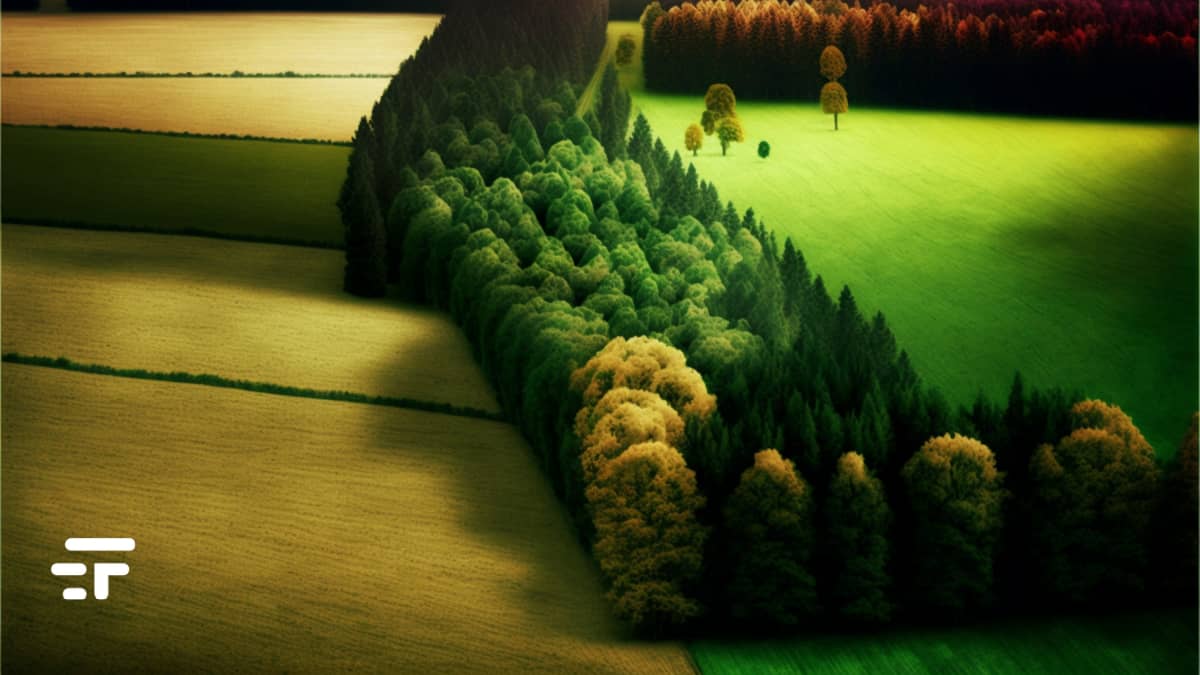The survival of our species is endangered by a conflict of interest. Which? Simple: food production, biodiversity and CO2 capture (three factors that contribute to our life on the planet) are practically at war with each other. Or rather: they compete for the same spaces.
As humans demand more and more food, they cut down forests and other natural ecosystems and make livestock farms less and less livable for animals and plants. To solve the problem and survive: indeed, thrive, we should address the problem at its source. Disrupting our food production. Luckily they are there emerging technologies which could radically change the way we produce food. According to recent research, these changes could meet the increased food demand of a growing human population using less than 20% of the world's existing agricultural land.
In other words, these technologies they could free up at least 80% of existing agricultural land from agriculture, paving the way for a transformed planet. Our posterity in just 100 years could find themselves in a situation that would make the years we are experiencing now seem medieval.

Why do we consume so much agricultural land to produce food?
Humanity is using most of its lands to feed animals that will later become meat and dairy products. Consider an area as large as India, South Africa, France and Spain combined and you will have an idea (by default) of how much agricultural land is needed just to feed livestock. Although the number of vegetarians and vegans is increasing in some parts of the world, global meat consumption it has grown by 50% in the last 20 years and it is expected that will double by the end of the century. To meet this growing demand for meat, even more land will need to be converted into farmland or farms, or more animals crammed into smaller spaces – neither is good.
The food industry often hides cruel and exploitative practices behind its scenes. Let's take for example the intensive breeding of chickens, or the treatment of pigs. The technologies used are often rude, polluting and harmful to the environment and the climate: don't think of happy chickens pecking in a green lawn. It's all wrong, it's all to be redone.

How can we correct the shot?
THEcellular agriculture it is a process that allows the cultivation of animal products starting from animal cells, thus eliminating the need for intensive farming and land consumption. Imagine a factory that produces large quantities of beer or cheese today: a sterile facility with metal vats that uses different technologies to mix, ferment, clean and monitor. If animal cells are substituted for barley or milk, this factory becomes an efficient and sustainable source of dairy or meat products. Same amount of produce, much less space and farmland involved.
Other emerging technology: the production of microbial proteins. It uses solar energy to transform carbon dioxide and nitrogen into carbohydrates and proteins. The bacteria used in this process can generate amounts of protein comparable to that obtained from soybeans, but using only 7% of the current space. The proteins obtained can then be used as food additives or as animal feed, including domestic ones.
Again: we can conjugate the desalination of the water and theCO₂ extraction from the atmosphere with the generation of sugars and carbohydrates without the need for living plants or animals. The sugars obtained are chemically similar to those produced by plants, but are produced with a minimal amount of space compared to conventional crops.

And what will we do with the "saved" agricultural land?
The adoption of these new technologies could have a gigantic impact on our current dependence on agricultural land. Such an impact as to completely change the face of the planet. The research of Prof.Chris D. Thomas, Biologist at the University of York, UK (I link it to you here), estimates at least 80% of agricultural land saved, even in the face of doubled global meat consumption. This space could be transformed into nature reserves, or used to capture CO₂: we would make it forests, or peat bogs. Or we would use it to grow more sustainable and human-healthy building materials: like hemp.
The adoption of these technologies it would put an end to industrial farming systems: end of an ocean of manure, bones, blood, guts, antibiotics and growth hormones. Any farming left could, should, would be more sustainable: even loving.
The obstacles to face
The transition towards more sustainable and environmentally friendly technologies will be complicated, the share of renewable energy will need to be significantly increased. This phase of the operation is likely to take up much of the next 30 years. It won't be easy, but there are no alternatives. The failure of this strategy will launch us at breakneck speed towards the worsening of all current mechanisms. Even less land, even more farmland. This means even more farming, even more consumption, even more pesticides, even more pollution. A catastrophe.
To avoid it and achieve the goal of reducing agricultural land by 80%, we must have the political will and cultural acceptance to change our eating habits. And we will need the stick (more taxes and no mercy for harmful technologies) and the carrot (more investments, subsidies and tax breaks for sustainable technologies).
The bad news is that we have to do it, and we have to do it now. The good news is that we can do it.


